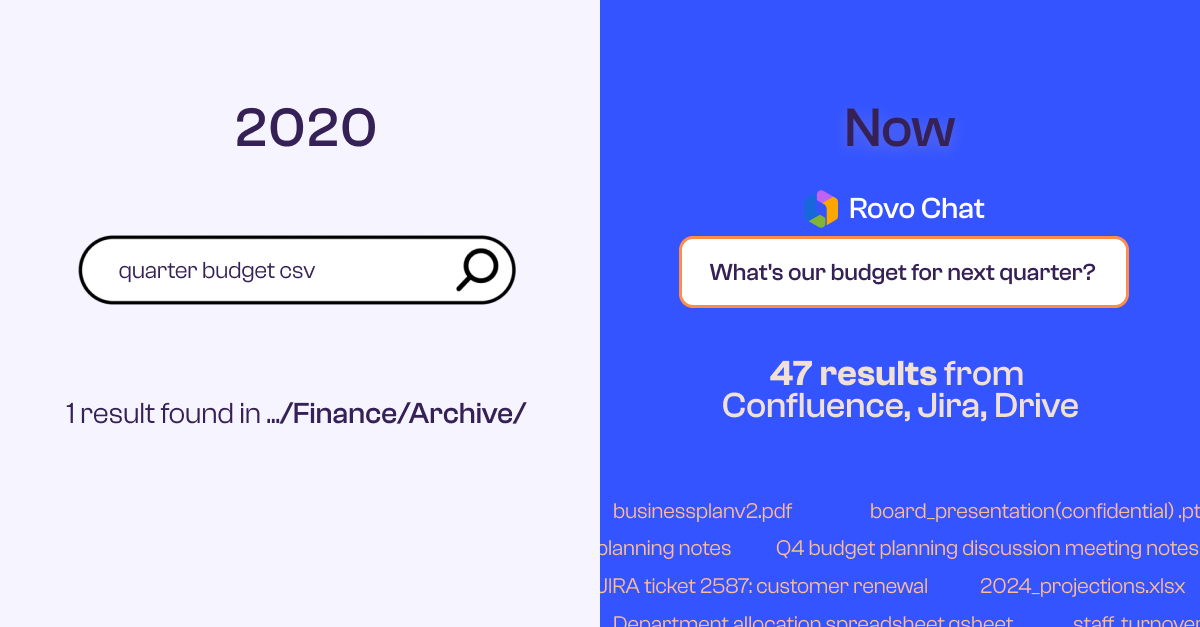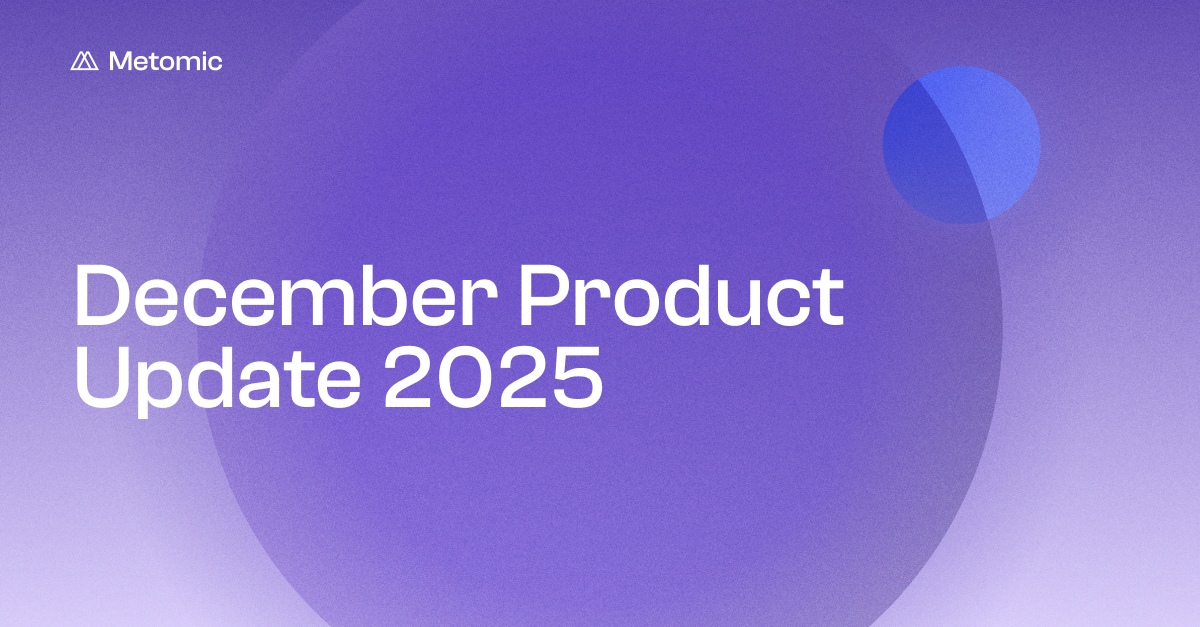How Can Organisations Keep up with New Regulations in the Healthcare Sector?
This guide explains the latest HIPAA updates and emerging trends in healthcare data security. Learn how to stay informed, prepare for new challenges, and invest in solutions like Metomic to ensure patient privacy and avoid hefty fines.

How Can Organisations Keep up with New Regulations in the Healthcare Sector?
This guide explains the latest HIPAA updates and emerging trends in healthcare data security. Learn how to stay informed, prepare for new challenges, and invest in solutions like Metomic to ensure patient privacy and avoid hefty fines.

Key Points:
- Healthcare organisations must stay updated with the latest HIPAA regulations, such as the recent updates to the HITRUST Common Security Framework, the HIPAA Privacy Rule enhancements, and the revised HIPAA Breach Notification Rule.
- Organisations need to prepare for emerging trends such as the integration of AI, the increasing risk of medical device hacking, the expansion of telehealth services, and the growing prevalence of data breaches.
- To keep up with new regulations, healthcare organisations should subscribe to updates from regulatory bodies, leverage their professional networks, hire compliance experts, conduct regular training sessions, and invest in technology solutions like data security and Governance, Risk, and Compliance (GRC) software.
- Metomic can help healthcare organisations remain compliant with HIPAA by providing automated rules that align with your data security strategy.
Healthcare organisations face many dilemmas when it comes to data security. How do they ensure that data is protected while remaining efficient? How do they protect data that is shared with third parties? And how can they maintain compliance with the various healthcare regulations to avoid hefty penalties and reputational damage?
As regulations continue to evolve to encompass emerging technologies, it’s crucial healthcare organisations are aware of the newest updates so they can align their businesses accordingly.
In this article, we’ll take a look at how staff within healthcare organisations can keep up with ongoing changes to legislation. Let’s dive in.
Why is it important for healthcare staff to be HIPAA compliant?
If an organisation doesn’t comply with HIPAA, there can be many repercussions ranging from financial penalties to legal consequences, and ultimately, patient safety being put at risk. Since healthcare staff are handling sensitive data day in, day out, they should be aware of the vital need to protect patient data, and ensure compliance with HIPAA.
Failure to comply can not only cause operational disruption and financial losses, but can hit a healthcare organisation’s reputation hard, resulting in loss of custom.
What are some examples of evolving regulations in HIPAA?
As HIPAA is a federal law, it is constantly evolving to keep up with changing technology.
Here are some examples of the latest changes:
1. HITRUST Common Security Framework (CSF)
HITRUST is a certification agency that helps organisations comply with HIPAA. Its Common Security Framework is periodically updated to address new cybersecurity threats, most recently in April 2024 with version 11.3.0 that included the addition of FedRAMP, StateRAMP, and TX-RAMP authoritative sources, as well as the integration of NIST SP 800-172.
2. HIPAA Privacy Rule Enhancements
The HIPAA Privacy Rule has recently been expanded to include reproductive health. According to Arnold & Porter, “the principal purpose of the Amendments is to restrict the circumstances in which HIPAA-regulated entities may disclose an individual’s reproductive health information for the purpose of an investigation or proceeding against persons for seeking, obtaining, providing, or facilitating lawful reproductive health care, including abortion.”
3. HIPAA Breach Notification Rule Revisions
In April 2024, the HIPAA Breach Notification Rule was also revised to update the time in which the FTC and affected patients must be notified. Covered entities must now notify the FTC of any breaches involving 500 or more individuals no later than 60 calendar days, and a notification must also be sent to affected individuals at the same time.
The other revisions included in this update include the use of email as a satisfactory means of communication regarding data breaches with patients, as well as revisions around definitions.
What emerging trends might healthcare organisations need to prepare for?
There are several emerging trends that healthcare organisations need to prepare for, namely the use of AI within healthcare settings.
AI can analyse vast amounts of data, helping to predict patient outcomes, and even personalise treatment plans. While these technologies can automate administrative tasks, and take a weight off healthcare professionals, there should be due care taken to ensure patient data shared with AI tools is properly protected, particularly since the data used is so sensitive.
Secondly, the medical devices used by healthcare professionals have become a target in themselves - a worrying development that puts patient safety at risk. Since the Elekta data breach in 2021, halting urgent cancer care, experts have warned that other medical devices could be targeted for sensitive data. Due to the rise in cloud technology, it’s easier for hackers to access devices remotely, from anywhere in the world.
Healthcare organisations are also branching out into telehealth to reduce pressure on in-person doctor visits. With remote consultations helping to provide advice to patients around the world, it’s never been easier to connect with a healthcare professional. However, telehealth still demands a lot of time and resource for implementation, and for ensuring that those who will be using it are familiar with how it works. There is also an added pressure from regulators who will be monitoring telehealth services closely to mitigate risks to patient data.
Finally, the healthcare sector has become the hardest hit industry with data breaches reaching a record $10.93 million in 2023. As healthcare settings seem to be an open target for hackers, organisations must invest in advanced cybersecurity and data security measures to protect patient and employee data, including modern DLP products and zero-trust architecture.
📝Report: Healthcare Data Crisis - Uncovering the Alarming Gaps in Data Security and Compliance
In our Healthcare Data Crisis report, we share new data - gathered through our data security platform - that highlights how insecure file-sharing practices are exposing large amounts of sensitive data.
You’ll discover:
- The critical security gaps in healthcare organisations’ file-sharing practice, including the fact that 25% of publicly shared files in healthcare organisations contain Personally Identifiable Information (PII).
- The common file-sharing mistakes being made by healthcare employees that are bringing about these security risks.
- How a Data Loss Prevention solution like Metomic can pinpoint where sensitive data is located and who has access to it, and automate the necessary actions to safeguard any exposed data.

What are the risks of non-compliance?
As frustrating as compliance laws can be for an organisation, they’re essentially there to keep everyone protected. Non-compliance not only risks a detrimental impact for the organisation, but for their patients too.
There can be financial repercussions such as hefty penalties, ranging from $100 to $50,000 per violation, as well as jail sentences for those responsible. And it’s not only the penalties that can hit an organisation financially; legal consequences brought by affected patients can also drain a company’s assets.
Reputational damage can be significant and long-lasting, leading to a loss of patient trust with 66% of consumers saying they wouldn’t trust an organisation after a data breach.
Above all else, the risk to patients is huge as unauthorised access to sensitive health information can lead to identity theft, fraud, and potentially public embarrassment.
How can organisations keep up to date with new advances in regulations?
It’s a good idea to always have one ear to the ground if your organisation must comply with healthcare regulations. Here are a few ways organisations can stay up to date:
1. Subscribe to regulatory bodies
Regulatory bodies such as HIPAA will often have newsletters that you can sign up to, in order to stay up to date with changes in regulations that you should be aware of. You could even set up some Google Alerts to be made aware of any specific changes that you might want to look out for.
2. Learning from your network
Leaning on your network is also a valuable way of staying up to date with the latest changes, whether at in-person conferences, live webinars, or on social media. Where possible, join online groups to discuss the practicalities of compliance with your peers, and see how others are handling the new changes within their organisations.
3. Hire compliance experts
An internal or external legal and compliance expert can help you understand the exact actions you’ll need to take to remain compliant with healthcare regulations, and keep you accountable for making any changes too. If this expert can gain a good understanding of your business, they can also help you implement any changes without affecting the day to day of operations too.
4. Regular training sessions
It’s not just the security team who should be aware of updates to changes in regulations. If the changes apply to others in the healthcare organisation, training sessions should be given to ensure they are aware of how sensitive data should be handled, in line with new compliance updates.
5. Invest in technology solutions
As well as focusing on individuals within the company who can help you achieve full compliance, investing in technology such as data security solutions and Governance, Risk and Compliance (GRC) software to manage compliance updates effectively.
These tools can help improve communication between team members, issue reminders for various tasks, and provide reports for auditing purposes.
How can Metomic help?
Metomic can assist healthcare organisations in achieving and maintaining HIPAA compliance via our comprehensive data security platform that streamlines compliance processes:
- Data Discovery: Metomic helps identify PII (Personally Identifiable Information), PHI (Personal Health Information), and PCI (Payment Card Information), ensuring visibility into where data is stored and processed.
- Data Minimisation: Automated rules help reduce redundant data, minimising the attack surface and enhancing security measures to protect sensitive health information.
- Employee Education: Metomic provides tools to deliver continuous education and training on data security best practices, fostering a culture of compliance.
- Compliance Reporting: The platform offers reporting functionalities to monitor compliance efforts, track progress, and generate necessary documentation for audits.
Request a personalised demo with one of our data security experts to see how Metomic can help you comply with healthcare regulations.





